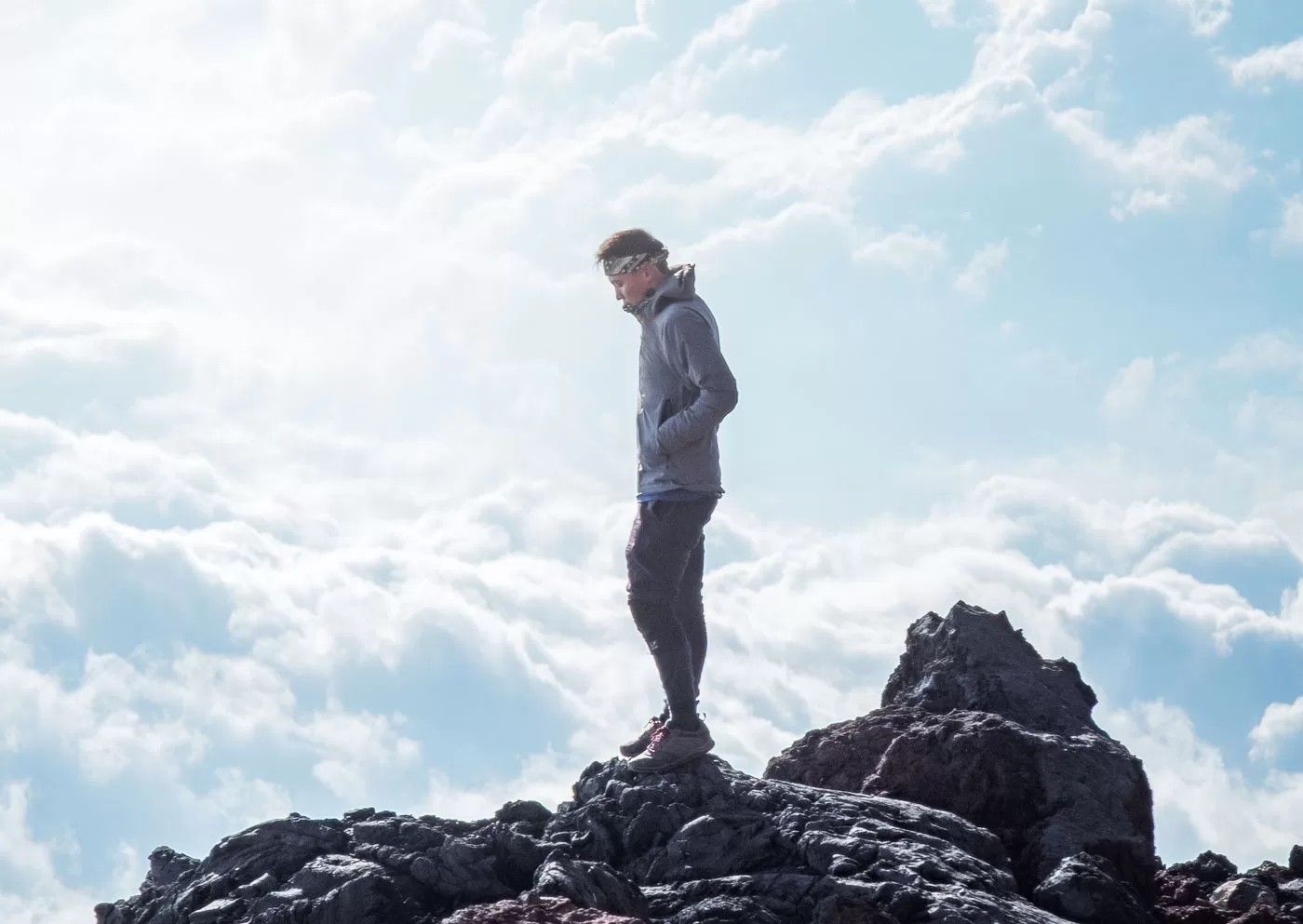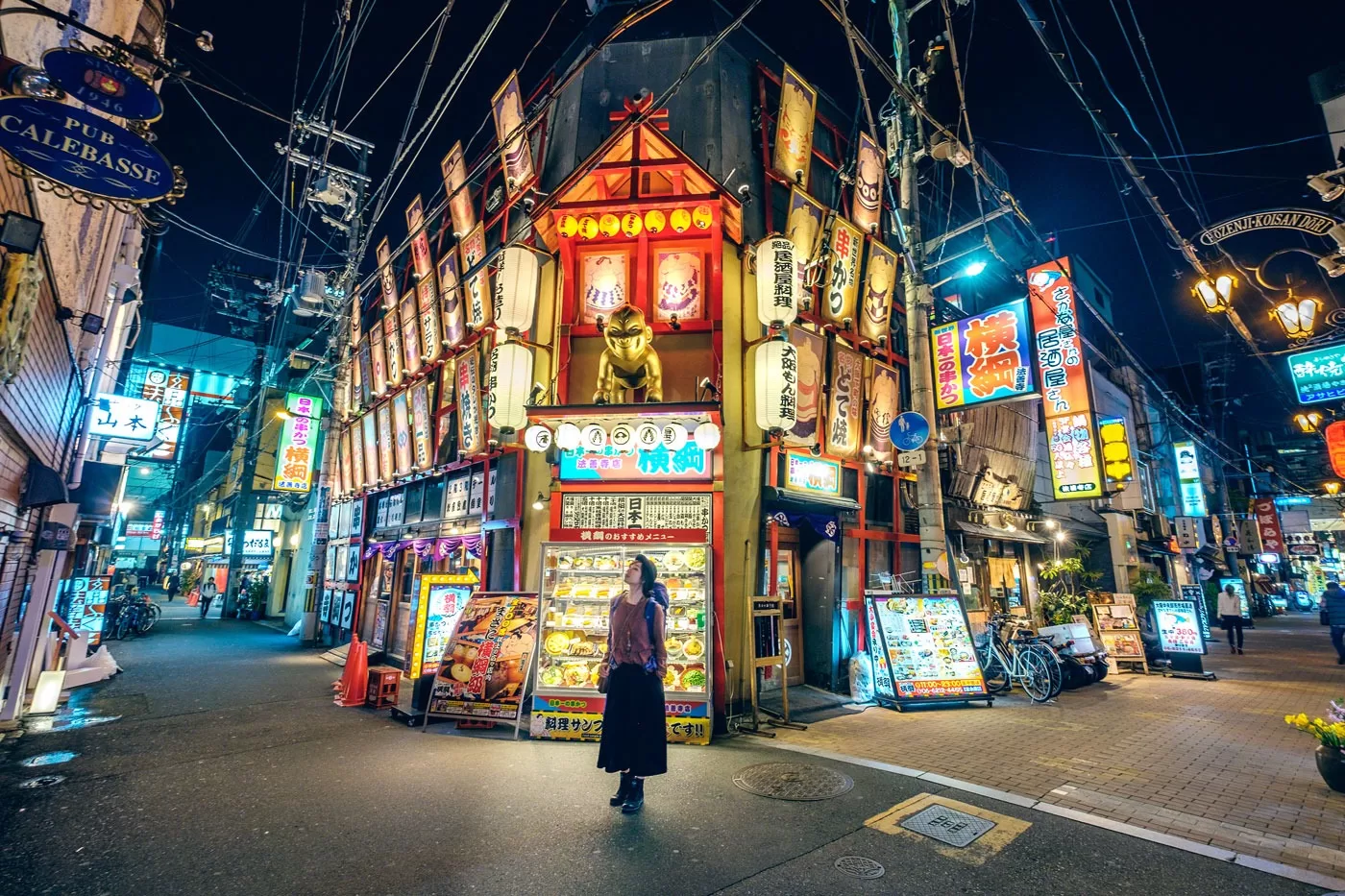
Following announcements of countries opening their borders to travellers again, it feels like a good time to be talking about safety measures you should take while you’re travelling with COVID-19 still around.
Please note, we’ll be talking about measures we take when we travel. We are not medical professionals and you should always follow your local government’s advice and the advice of the destination’s government when it comes to travelling and COVID-19 safety measures.
Should you travel?
Before thinking about safety measures, it’s important to first consider whether you should travel at all. There’s no one answer which fits all here; different countries will have different situations, just as much as different people will have different situations.
Unless a vaccine is discovered, it’s possible that we’ll be living in a world where there will be a constant risk of COVID-19 and finding a way to travel safely (whether for leisure or necessity) will be a must.
You might also want to consider domestic travel alternatives. Sure there’s still a risk to travelling domestically but these are generally fewer and lower risk.
Check your government’s travel advice
We cannot stress enough how you should always check your own government’s travel advice before travelling to another country – this is something we recommend doing even during normal times.
These sites provide vital information that will allow you to make a much more informed decision as to whether you should travel and what precautions you may need to take if you do. The situation is ever-evolving so check regularly to stay up to date.
Your home country may also have a mandatory quarantine in place when you return from your travels. Some questions you’ll need to ask yourself:
- Do you have a safe place to quarantine?
- Can you afford to be in quarantine?
- If you’re taking time off work to travel, have you considered the quarantine period?
As British nationals, we will be checking the current travel status of countries here before we make any further travel decisions.
Check destination’s travel advice
The next step is to check your intended destination’s government travel advice. Different governments have adopted different measures to tackle COVID-19. You must abide by the country’s regulations and not doing so could result in a criminal offence – obviously something we all want to avoid.
Check your travel insurance
When buying travel insurance, please carefully read the terms and conditions of your travel insurance and pay extra attention to policies which relate to COVID-19. There are insurances that cover claims relating to travelling while COVID-19 is still around, but please note many will not cover you if your local government has already issued an all but essential travel advice on your destination.
If your government changes its stance after you have already purchased your insurance, you will need to check with your travel insurance company whether the policy you took out will still cover you.
Find out how hotels are handling COVID-19
One of the more important aspects of keeping safe when travelling nowadays is to choose an accommodation which is taking COVID-19 seriously. Hotels with policies and safety measures in place will generally have fewer risks. See Okura Nikko Hotel’s COVID-19 safety measures and Four Season’s Lead With Care Program as examples of what you want to look for.
If you’re unsure whether a hotel has any policies or safety measures in place, we urge you to contact them directly to ask. The same can be applied to Airbnb’s, hostels and other types of accommodations.
You might also want to be aware of what the hotel’s cancellation policies are in case your travel insurance doesn’t cover it.
Wipe down hotel room
Even if you’ve chosen a hotel which has COVID-19 safety measures in place, it’s worth considering wiping down parts of your room which might frequently be touched by others. Key places you might want to pay extra attention to include the doorknobs, taps, handles, hairdryer, kettle and cups.
Use a mask
There’s been a debate around the usage of masks since the very start of the pandemic but more recently the consensus by many health experts around the world is that masks can help prevent the spread of COVID-19. In some countries, it has become mandatory to wear masks in certain situations e.g. England requires all passengers to wear masks on public transport, whereas Cathay Pacific airlines have a compulsory mask policy in place until further notice.
Even if you don’t agree with using masks, you should always have some on hand (check out Sarah’s handcraft shop Ohashii for the cotton masks we’ll be using when we travel). The last thing you’ll want is to be taken off a flight or denied entry to a place for not having a mask.
Regularly wash your hands
As simple as it gets. Wash your hands with soap regularly and for at least 20 seconds – especially before you eat or need to touch your face. If soap and water are not available, the next best option is to use a hand sanitiser that is at least 60% alcohol.
Wipe down luggage
During transit luggage and bags can come in contact with different surfaces and floors – there’s really no telling what could have found its way onto it. It’s best to give luggage a thorough wipe down especially after long transits. Bleach and disinfectants work well but if you’re not home then either soap and water or 99.9% antiviral wipes work too.
Also, many airlines are now strongly encouraging people to check-in all luggage and not have any carry-on to help stop the spread of COVID-19.
Try to keep 2 metres apart
Many of us have been practising social distancing since the start of 2020 but we need to make sure we don’t put it all to waste and forget to social distance while we travel (at least when possible). There have been scientific tests on what distance effectively cuts the risk of transmission and many countries have agreed on a 2 metres distance.
Here are just a few examples where you need to remember to socially distance when travelling: not sitting directly next to or opposite another passenger when riding on trains or buses, back up a little when queuing for entry to tourism spots, and ask strangers for help with directions from a safe distance. Please remember, even if you don’t mind the risk others might not be comfortable with you getting too close!
We’ll be constantly adding to this post as the situation evolves and changes. If you feel we’ve missed anything please let us know so that we can share helpful information and knowledge to other travellers and keep more people safe.
Once again we’d like to remind you that we are not scientists or health experts and you should always refer to your local governments and professional medical advice.
Feel ready to explore again? Check out some of our other articles and Discover the World

 Hello, we’re Eric and Sarah – a couple of travel photographers and creatives from the UK.
Hello, we’re Eric and Sarah – a couple of travel photographers and creatives from the UK.

